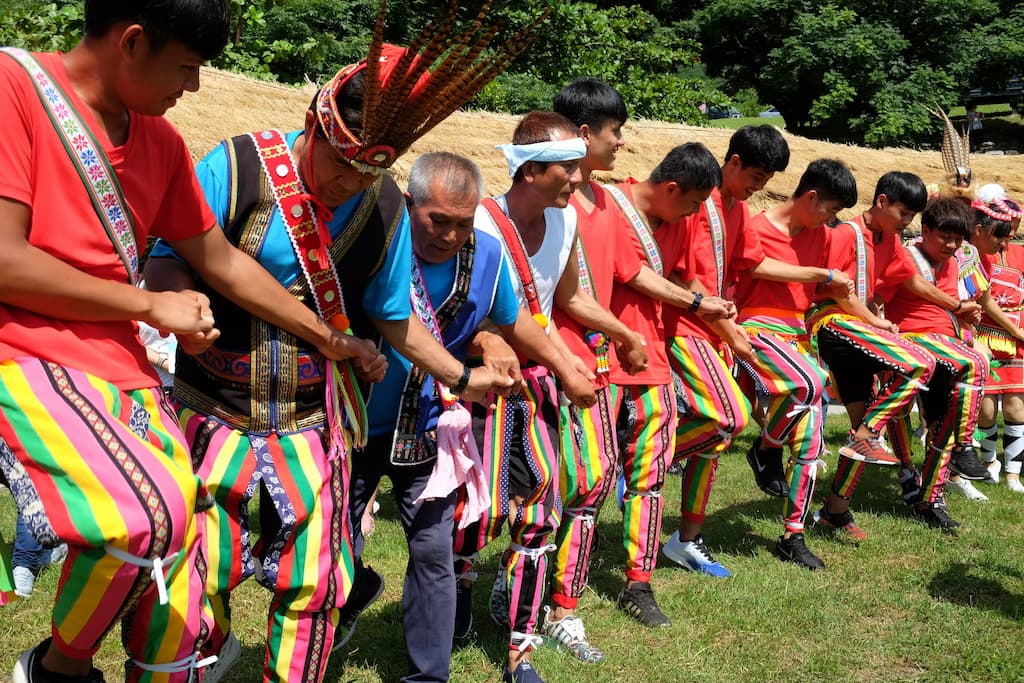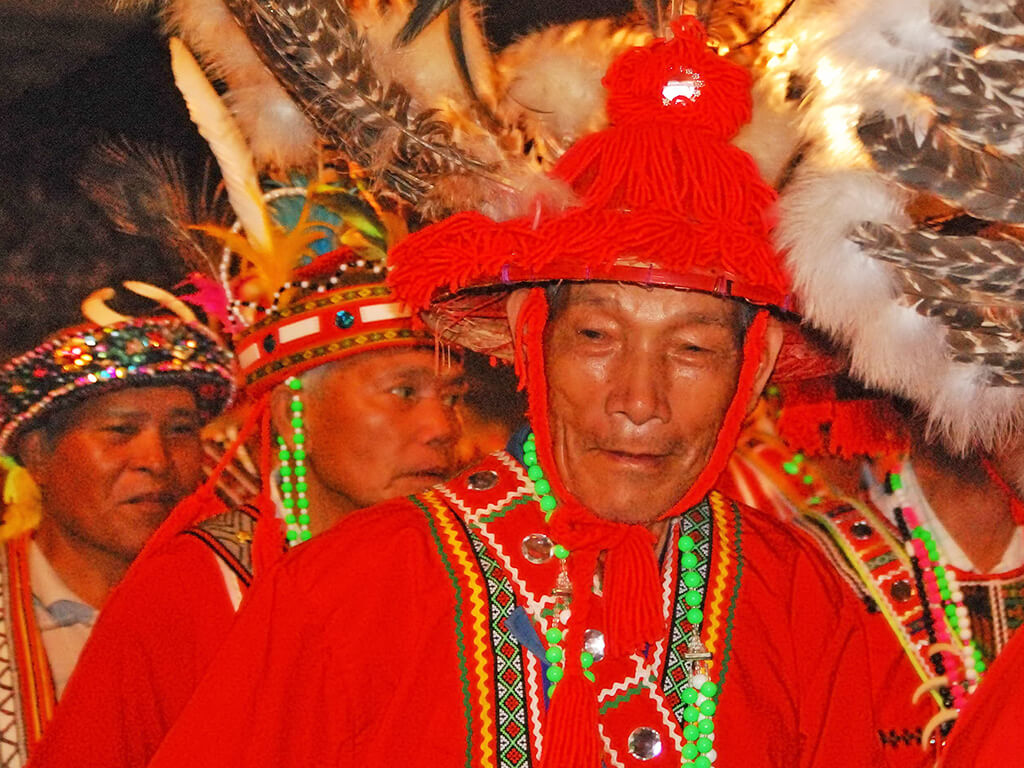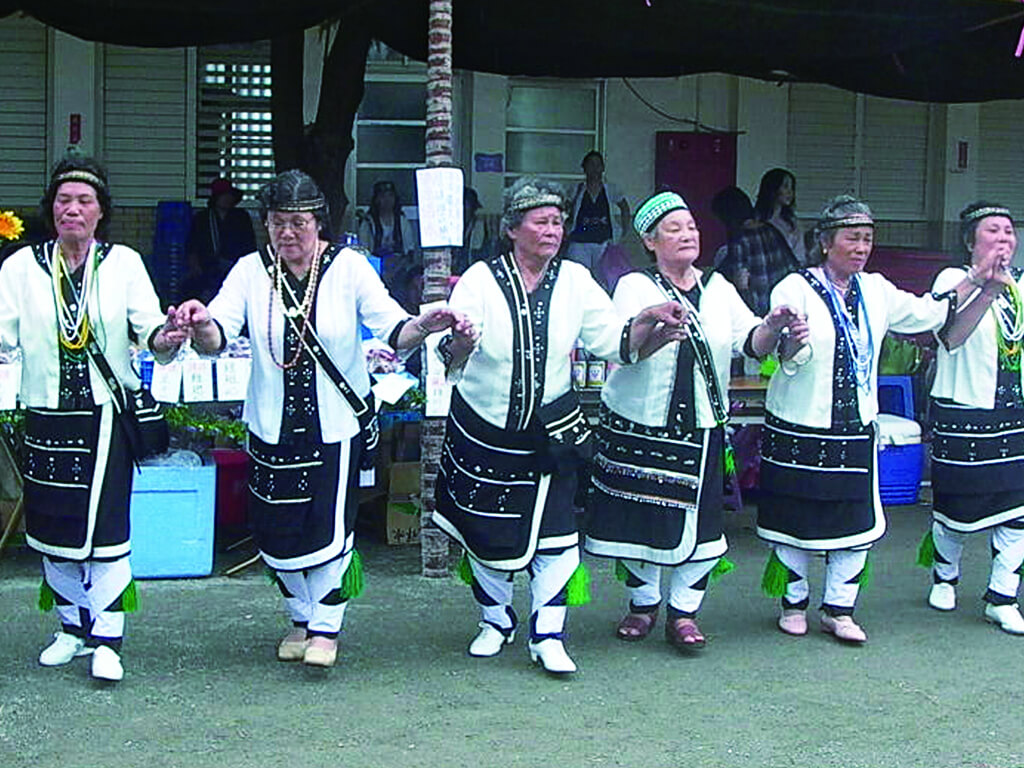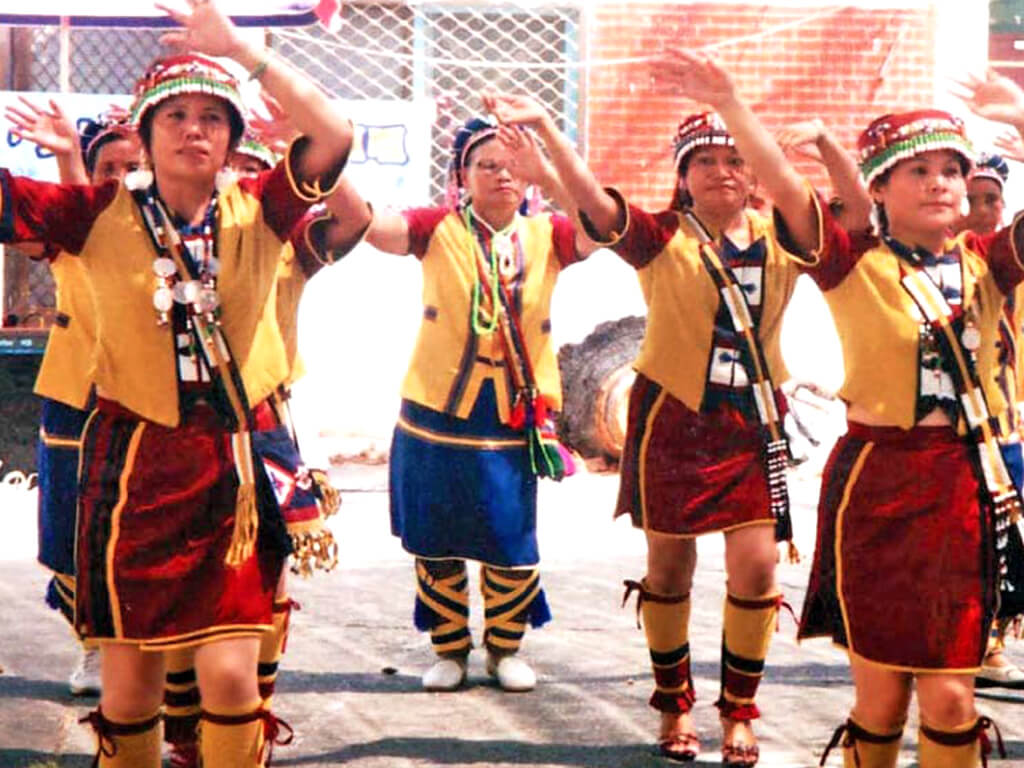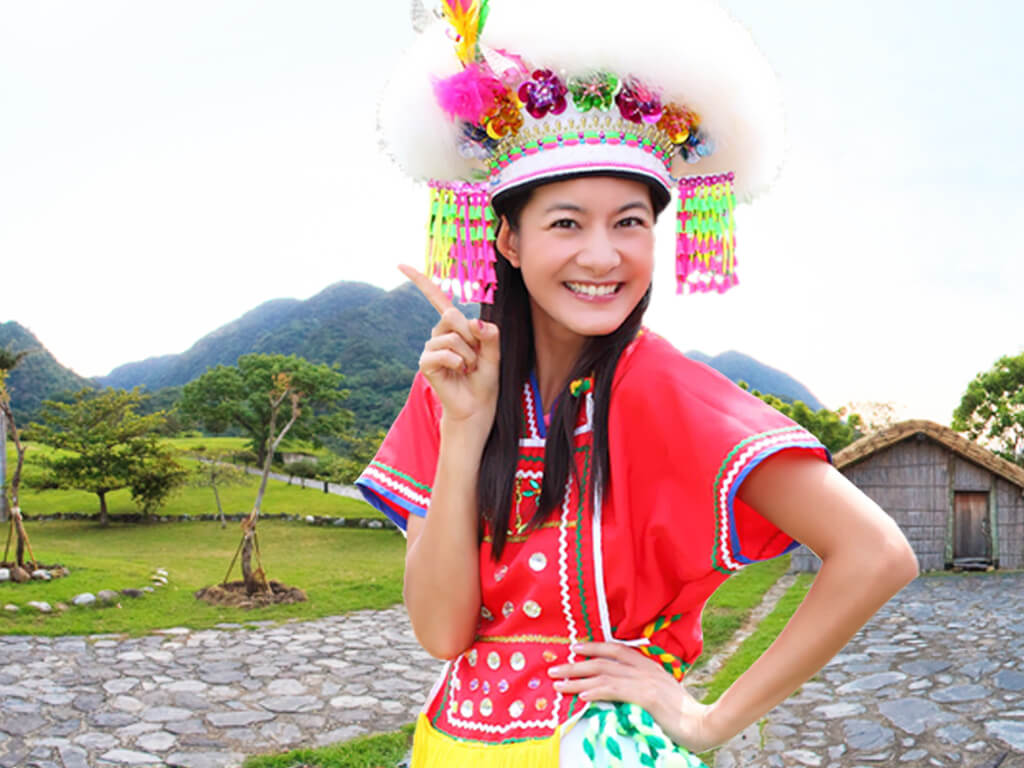Indigenous Cultures
Sheltered Between the Mountains and the Sea, the East Coast Preserves Each Unique Culture
The diversity of ethnic groups is the most fascinating aspect of this region. Among them, the Amis People, Kavalan People, and Sakiazya People stand out. The Amis, the largest ethnic group with a total of 140,000 people, predominantly inhabit the valleys south of the Liwu River and along the East Coast. Approximately 35,000 Amis people live within the East Coast National Scenic Area, divided into 50 tribal communities. They constitute the majority of the area’s residents. In recent years, a younger generation of artists has returned to the coast, revitalizing their cultural traditions. Although many rituals and traditions have been simplified over time, the singing and dancing continue to reflect the unique cultural characteristics of the indigenous people, passed down from generation to generation.
Amis People
The Amis people still retain a rich traditional culture, especially during the Harvest Festival, which is the most significant ceremony in Amis culture. Held every summer, the festival celebrates the millet harvest and is filled with blessings and thanksgiving. It also emphasizes reverence for ancestors and the concepts of unity, harmony, and ethical morality. Amis people prefer to congregate in large groups.The traditional Amis society is matrilineal, with women holding a superior status within the family compared to men. However, tribal organization is male dominated, distinguishing between young and old to form strict age-status classes. These classes assume official tribal positions and ensure tribal development. , making the Amis tribal organization truly unique. Amis people have long practiced agriculture, with women primarily engaged in farming while men excel at fishing and hunting. Their way of life is relatively simple and inexpensive. However, during the Harvest Festival, they showcase an abundance of color at through Amis dresses, rattan, and pottery—concrete manifestations of Amis material culture.
Kavalan People
The Kavalan People, who migrated from the Lanyang Plain to the Chilai Plain, have extended their cultural existence due to the events at Chialiwan in 1878. Hidden between the mountains and the sea on the isolated east coast, they ensured their continued presence. They began searching for their ethnic roots and identity during the Name Rectification Campaign in 1980. In 2002, the Kavalan People officially became the 11th indigenous group in Taiwan. The Kavalan People consider the blossom season of coral flowers as the beginning of the New Year. They engage in farming, fishing, and hunting. Additionally, they possess skills in using banana plant fiber cloth. Unfortunately, these extraordinary skills were nearly lost after the invasion of outside civilization. Fortunately, one branch of the Kavalan People moved to Fengbin to avoid the influx of outside culture, preserving their technology, language, lifestyle, and excellent food. Today, you can experience Kavalan culture in Fengbin.
Sakiazya People
Sakiazya People initiated their Name Rectification Campaign in 2004. In 2007, they received official recognition as the 13th indigenous group in Taiwan. Originally inhabiting Hualien's Sakiazya plain, they assimilated into the Amis Tribe after the Chialiwan Incident in 1878. During this time, they adopted the Amis language and abandoned their own cultural practices. However, in 2004, they began rediscovering their Sakiazya heritage. The largest group of Sakiazya People on the East Coast can be found in Shuilian and Jiqi. Jiqi stands out as the most intact Sakiazya community in Taiwan. Similar to the Kavalan People, their geographical isolation between the mountains and the sea, has helped preserve their culture, language, and ethnic.
Amis Language Course
The Most Spoken Austronesian Language Different Geographical Dialects
The Amis People primarily inhabit eastern Taiwan, especially the flat East Rift Valley area and the coastal regions. Among the 50,000 indigenous people living on the East Coast, the Amis represent 60%, making the area rich in Amis culture.
The Amis language belongs to the Austronesian family and is the most widely spoken Austronesian language in Taiwan. Due to geographical isolation, it has developed distinct dialects, including Northern Amis, Central Amis, Coastal Amis, Malan Amis, and Hengchun Amis. These dialects exhibit slight variations in vocabulary, definitions, and accents, resulting in differences akin to English regional accents.
The Amis have no written records; their culture is passed down through word of mouth from generation to generation. Although the Amis vocabulary is very rich, it lacks some general, conceptual, and abstract terms. For instance, there is no specific word for "parent,"as "father" and "mother" suffice. Similarly, expressions for good and evil, beauty and ugliness are all encompassed by the terms "good" and "bad." Remember the saying, "When in Rome, do as the Romans do. " Learning a few common greetings in Amis before visiting the Amis People will show your sincerity!
| English | Amis |
|---|---|
| Anybody home? | Iraay ko tamdaw I loma' haw? |
| Yes, please come in. | Hay, picomod a maro'. |
| Good morning! | Maratal. |
| Good morning, how are you? | Maratal , nga'ay ho ko miso? |
| I'm fine. | Manga'ay kako. |
| * Good | * Nga'ay |
| * Very well | * manga'ay |
| Nice to see you. | Tada mahmek a masa'araw kita. |
| I am glad to see you, too. | Mahaen ko mako a mahmek a masa'araw kita. |
| * Very | * tada |
| * Happy | * mahmek |
| * See | * masa'araw |
| Who is he? | O maan iso cingra? |
| He is my brother. | O salikaka ako cingra. |
| * He (she) | * cangra |
| * Brothers and sisters | * salikaka |
| Where do you live? | Icowa ko loma' iso? |
| I live in Changbin. | I Kakacawan ko loma' ako. |
| * Where | * icowa |
| * Home | * loma' |
| * You | * iso |
| * I | * ako |
| * Changbin | * Kakacawan |
| How many people are there in your family? | Papina ko paro no loma' namo? |
| There are five members in my family. | Lalima ko paro no loma' niyam. |
| * Several | * papina |
| * Family | * paro |
| * 5 | * lima |
| When do you eat dinner? | Hacowa malafiay kamo? |
| We have dinner at 7:00. | Pito ko toki malafi kami. |
| * When | * Hacowa |
| * You | * kamo |
| * Time | * Pito |
| * Time | * toki |
| * Dinner | * malafi |
| * We | * kami |
| When is the Harvest Festival held in your community? | Ano hacowa a miilisin ko niyaro' namo? |
| It is held on August 15th Harvest Festival in our community. | I saka falo a folad safaw lima a romi'ad ko ilisin no niyaro' niyam. |
| * When | * Ano hacowa |
| * Harvest Festival | * miilisin |
| * Community | * niyaro' |
| * 8 | * falo |
| * Month | * folad |
| * 15 | * safaw lima |
| * Day | * romi'ad |
| Where is the bathroom? | Icowaay ko kamaysi'an? |
| Thank you so much. | tada miahowid kako i tisowanan. |
| Where are you going? | Talacowa kiso? |
| I am going home. | Minokay kako.. |
| * Go where | * talacowa |
| What transportation do you take? | O maan ko dakawen iso? |
| I want to take the bus to there. | Saka pakafaso kako. |
| * Bus | * faso |
| I hope we will meet again. | Nanay masaso'arawho kita a miliyaw. |
| I hope so, too. | Mahaen ko faloco' ako a miharateng. |
| We have to leave now. | Macara ko tayal namo. |
| Bon voyage. | Saga'ayen ko rakat iso. |
